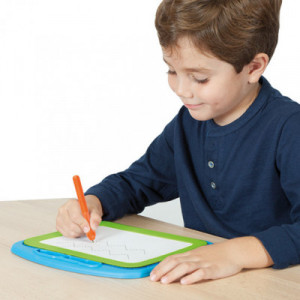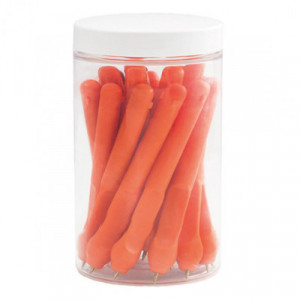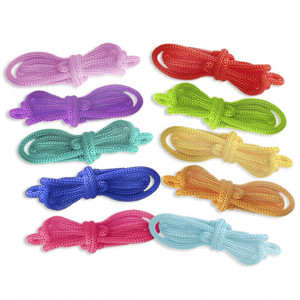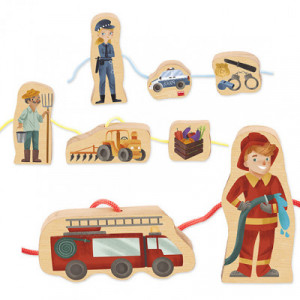Manual dexterity
From the child's relationship with the environment, his or her motor skills and manual dexterity gradually develop. When he is small, he has the need to interact with objects: catch, throw, stack or drag them. As you grow older, you use your hands to perform increasingly complicated tasks such as fitting pieces together with precision, running a string through a hole, painting with colored pencils, or tying the cords together.
Helping them to develop their manual skills will also allow them to increase their autonomy and self-confidence. The games we propose below favour the development of their manual dexterity and help them to learn through varied and fun activities. Some of these games can be started at age 2.

Stimulate manual dexterity through play
Manual dexterity, which is a fundamental but not unique part of fine motor skills, can be trained at home and in the classroom. It requires skill, which is enhanced by pre-technological training and crafts. Children acquire skills with their hands and fingers through activities such as drawing or cutting paper into collages, manipulating clay or clay, making beaded necklaces, or building block activities.
On our website you can find materials and resources aimed at stimulating the manual dexterity of the little one as a first step towards achieving acceptable fine motor skills, including punch sets and pre-writing kits, as well as craft and game materials to link various elements.
What is child motor skills?
Motor skills include all voluntary body movements. Childhood motor skills evolve from gestation, with the spontaneous movements of the fetus, to the first years of life. Learning motor and postural skills requires coordination between the nervous, muscular and articulatory systems. There are two differentiated motor skills:
- Gross motor skills. It allows the child to move widely through the large muscles, such as in crawling. It is developed first and involves more strength than precision.
- Fine motor skills. It is mobility with accuracy and short travel, like when you hold a pencil.
Each child learns at a certain pace the various postures and movements. Gross drive is the basis of the subsequent precision drive. The quality of the latter is used as a benchmark to determine the maturity level of the child.
Influence of motor on child development
Gross motor allows the child to fully develop motor skills, play and socialize with other children normally. Psychologically, children who are physically healthy, have healthy self-esteem and are more mentally stable.
Physical activity allows for healthy bone, muscle and nerve maturation. Sensory perception is also reinforced, because to play a child needs spatial orientation and coordination of movements. From a neurological point of view, cognitive faculties are strengthened, children improve their attitude to learning and their ability to concentrate.

















